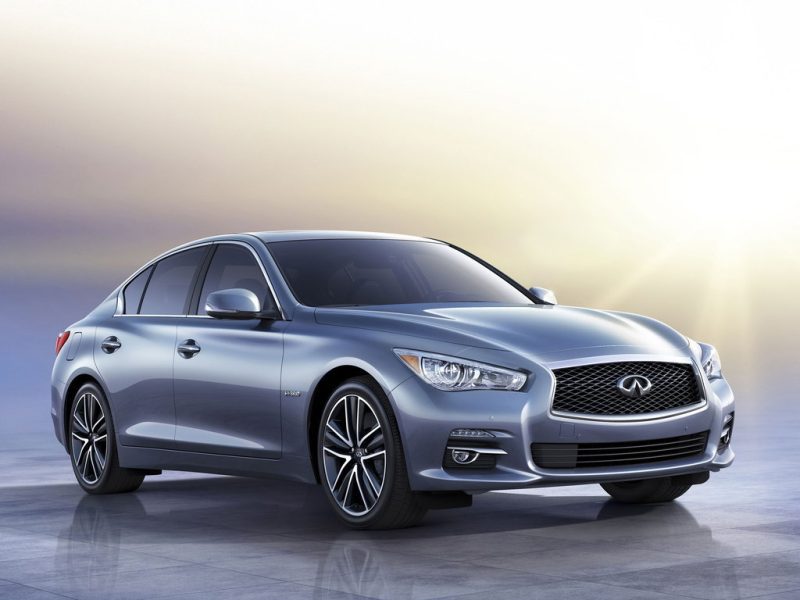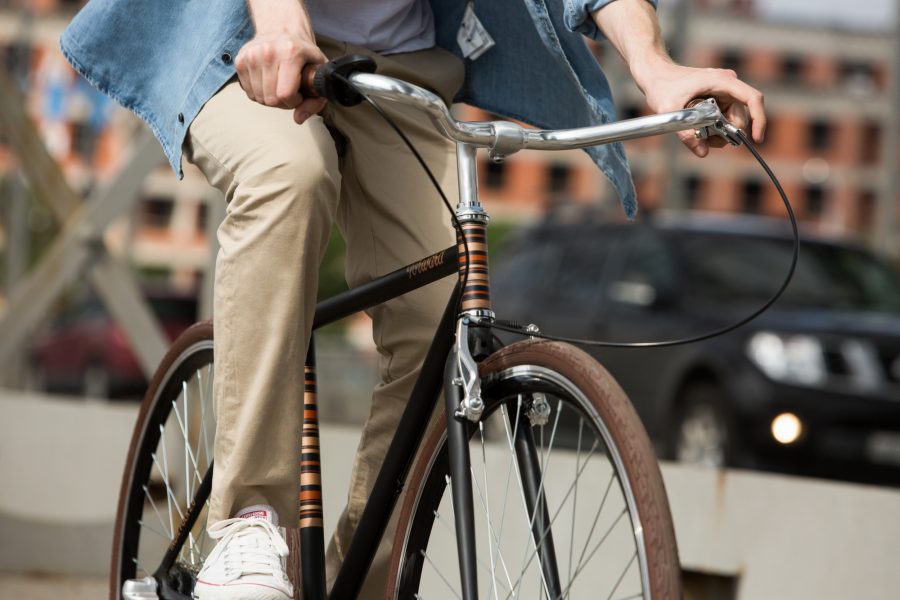
Improve your pedaling to ride mountain bikes more efficiently
Content
To pedal effectively, it is not enough to apply significant force to the pedals (bioenergetic dimension) 🙄, it must also be effectively oriented (biomechanical and technical dimension), otherwise the mechanical work will be lost.
Since pedaling is repeated thousands of times during a mountain bike ride, which can last up to 6-7 hours with effort (30.000 to 40.000 revolutions), pedaling efficiency affects the cyclist's pedaling level, general and muscle fatigue.
Thus, the pedaling technique (“pedal stroke”) greatly contributes to the mountain cyclist's performance, and understanding how it works allows it to be optimized.
Analysis of MTB Pedaling
The ideal movement is to constantly change the force applied to the pedal, "in direction". In physics, the force acting on a lever is more effective when it acts perpendicular to that lever, so it is necessary to reproduce this on a bicycle: the pull must always be perpendicular to the crank.
However, the pedaling movement is more difficult than it sounds.
When pedaling or cycling, four phases must be distinguished:
- Support (anterior phase, extension of three joints) is most effective.
- Row (posterior phase, flexion), the effectiveness of which is far from low.
- . two transitions (high and low), which are often mistakenly considered blind spots.
Biomechanical studies emphasize the dynamic aspect (i.e. movement participation) of these 4 phases: we are no longer talking about bottom or top dead center, but about zones of lower efficiency (or transition zones). However, the pedaling cycle allows each muscle group to alternate between work and recovery phases.
If we just push, the force we apply will of course be used to move the bike forward, but also to lift the opposite lower limb if the latter is passive. However, this inert assembly has a mass of about 10 kg! And even on a flat surface, its lightening that activates the lower limb will improve performance and therefore be more economical 👍.
Very often the cyclist is only interested in the stance phase, except when a hill occurs or the headwind interferes with his progress, traction becomes a noticeable addition. Traction, of course, is only possible with tight toe clamps or, more efficiently and comfortably, with self-locking pedals.

1. Support: "Step on the pedal"
This phase corresponds to active hip and knee extension thanks to the most powerful muscle groups in the body, the gluteus maximus and quadriceps muscle under the control of the hamstrings (belt effect); but this expansion is only effective because of the firm fixation (or covering) of the pelvis.
Indeed, if the pelvis floated, it would tilt to the side and, in addition to the fact that the push would be ineffective, the lumbar vertebrae would suffer adverse consequences. For this, the square of the lower back and abdominals stabilize the support. This powerful shell, alternating left-to-right every second, is necessary for two reasons. This guarantees good mechanical performance, but also guarantees the biomechanical integrity of the lumbar region.
2. Row: "I'm pressing the other pedal."
This phase corresponds to active flexion of the knee and hip; The analysis of coordination and muscle synergy is relatively complex.
For the muscle groups involved in active knee flexion, the hamstrings (the back of the thigh) do most of the work. Large but fragile muscles.
For hip flexion (causing the knee to lift), deep and therefore unrecognizable muscles are involved, in particular the psoas-iliac muscle; the two bundles of this muscle play a decisive role, especially at the beginning of the knee lifting phase.
This is due to the fact that the psoas muscle is attached to the front of the body of the lumbar vertebrae, the ilium, on the inside of the ilium. They cross the pelvis and are inserted with a common tendon at the prominence of the femur (lesser trochanter) at a distance from the axis of the hip joint; this distance allows him to develop important leverage from the beginning of the lift phase, before the relay passes to the other flexors. Thus, starting in the low transition phase and at the beginning of the hindquarters phase, the role of these “forgotten people”, which are the hamstrings and the iliopsoas muscle, is critical when we want to improve our pedaling efficiency index and therefore the harmony of pedal travel. ... ...
3. Transitional phases or how to "roll up" the pedal stroke
Since the transition phases correspond to times when the applied forces are less, it is a question of shortening their duration and maintaining a minimum impact on the pedals.
For this, the continuity of the hamstrings (low phase) and the intervention of the flexors of the foot (high phase) allow the inertia to be compensated.
But back to the "pedal extension" phase: during this active knee flexion, the foot is pulled upward and the ankle is slightly extended (diagram 4), even if the flexors of the foot intervene at the end of the cycle. .. climbing; It is at this moment that training in arm flexion will allow the ankle to move smoothly "up" and instantly restore tone (through the Achilles tendon) in order to convey all the extension force expressed by the buttocks and quadriceps 💪.
Efficiency of coordination and pedaling
When pedaling, if the bending limb is passively resting on the pedal, then additional work is performed by the pushing limb on the pedal.
Non-specialists in this activity mainly use the 1st phase (stance phase) and unconsciously leave the back foot on the pedal, which rises up. This means a significant waste of energy. taking into account the weight of the lower limb (about ten kilograms).
Note: The optimal use of the four phases is highly dependent on the equipment used, in particular automatic pedals or toe clamps. Even for mountain biking, we recommend using pedals without clips!
The coordination of the four phases will determine the effectiveness of the pedaling gesture, that is, its execution.
This efficiency is measured by the index of pedaling efficiency (IEP), which corresponds to the ratio between the effective force perpendicular to the crank and the resulting force. Good performance results in lower energy costs (= oxygen consumption) and muscle savings, which can be critical in the last kilometers to take full advantage of your mountain bike's benefits.
Therefore, the pedaling gesture must be optimized through education and training: pedaling is technical efficiency! 🎓
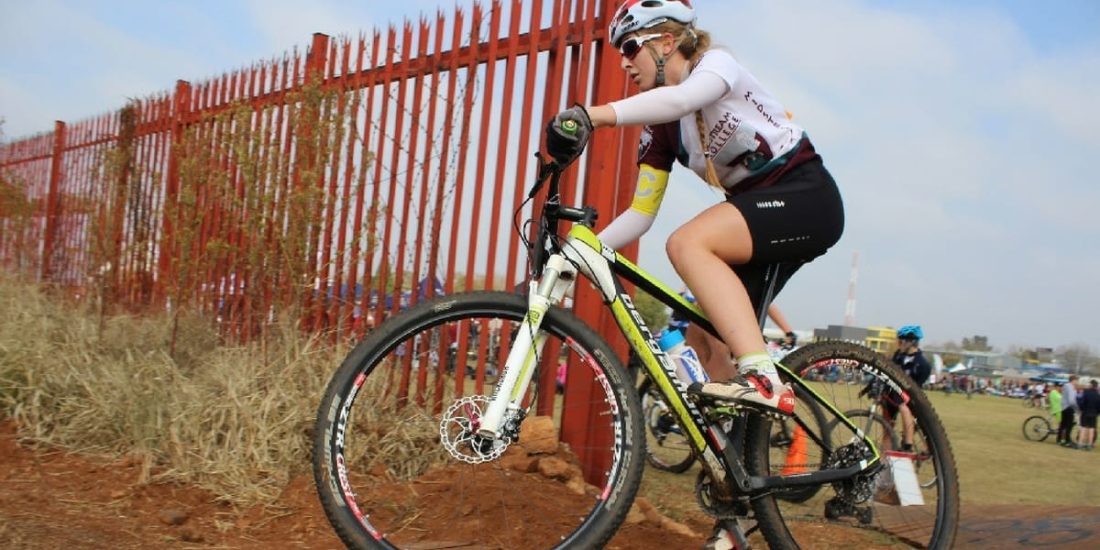
Research has shown that the ability to optimally direct force to the pedal decreases steadily with increasing cadence. The decrease in the effectiveness of the pedaling rhythm is due to problems with the coordination of gestures: the muscle can no longer relax and contract quickly enough. Therefore, the rising leg and its weight create the opposite force that the falling leg must fight.
We then understand the interest of training in improving the time at which force is applied to the pedal through improved pedaling techniques that optimize the direction and amount of force applied.
Pedaling is an asymmetric movement in nature, with the left foot in the push phase, the right foot the complete opposite in the pull phase. However, because the thrust is much more active, the thrust sometimes goes into a neutral phase, almost recovering, which can be used to transfer slightly more power. It is in this phase of thrust that the pedal stroke efficiency decreases, and there it can also be improved.
Each of them has a more toned and muscular leg than the other, a leg capable of delivering more power and therefore imbalance when pedaling 🧐.
Therefore, a good pedal stroke is the pedal stroke that best corrects for imbalances that may exist between the push phase and the pull phase, and between the left and right foot.
Muscles used during pedaling
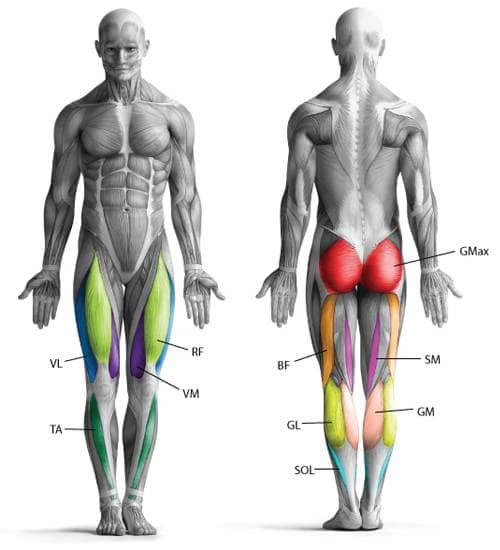
The main muscles of a cyclist are mainly located on the front of the thigh and in the buttocks.
- Gluteus maximus muscle - GMax
- SemiMembranus - SM
- Biceps femoris - BF
- Medial vatus - VM
- Rectus femoris - RF
- Lateral wadding - VL
- Medial gastrocnemius – GM
- Gastrocnemius Lateralis – GL
- Soleus – SUN
- Anterior tibia - TA
All of these muscles are active when pedaling, sometimes simultaneously, sometimes sequentially, making pedaling a relatively difficult movement.
Pedal travel can be divided into two main phases:
- The jerk phase is between 0 and 180 degrees, it is during this phase that most of the power is generated, it is also the most active in terms of muscles.
- Thrust phase from 180 to 360 degrees. It is much less active and partially assisted by the opposite leg than in the push phase.
Seated pedaling and dancer pedaling
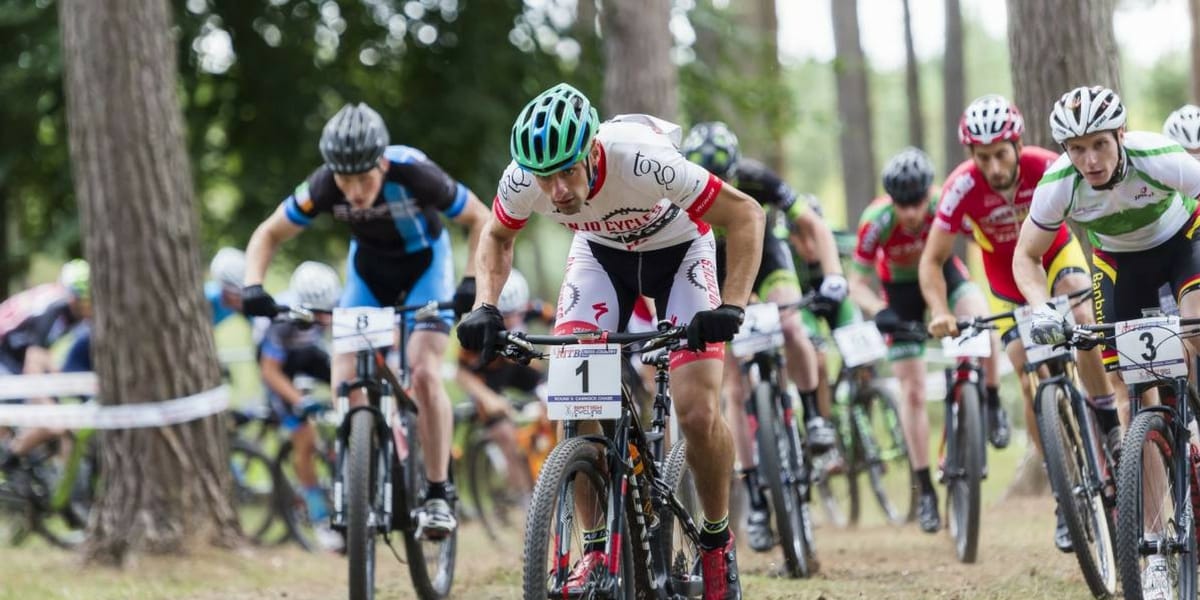
The seated position and the dancer's positions follow different patterns: the dancer's peak strength is much higher, and it is biased towards greater crankshaft angles. It seems that pedaling uphill creates different patterns than flat ground.
When the rider applies force to the pedal, only the component tangent to the pedal path is beneficial. The rest of the components are lost.
Note that the pushing phase is mechanically very profitable. It is at the level of transitional stages and stages of drawing that "waste" is most important.
The pedaling cycle allows each muscle group to alternate between activity and recovery phases. The more the cyclist is coordinated and relaxed, the more benefit he will be able to derive from these recovery phases. 🤩
How to optimize the “pedal travel”?
Although seemingly simple, pedaling is a movement that must be learned or rather optimized if we are to make the most of our bioenergetic resources. Most of the technical work is related to the orientation of the foot on the pedals during the pedaling cycle in order to optimize the torque.
The importance attached to the four dynamic phases of pedaling suggests specific training methods:
- pedaling at a very high cadence (hyperspeed) during a short sequence, sitting on the saddle and locking the pelvis (descent with short development, there is always a pushing action of the foot on the pedal (= constant chain tension), moving closer at a certain speed 200 rpm);
- pedal at a very low pedaling speed (40 to 50 rpm) while sitting on the saddle and fixing the pelvis (set with a long development, hands rest on the steering wheel instead of holding it, or perhaps hands behind the back);
- contrast method, consisting of a combination of small and large gears (for example, ascent with 52X13 or 14 and descent with 42X19 or 17);
- one-legged technique: short and alternating sequences of pedaling with one leg (first 500 m, then up to 1 km with one leg), which improve coordination of each limb (practice on a home trainer); some trainers advise working with a fixed gear (even if the pedal rises on its own with a fixed gear, the muscles that need to be used specifically for this phase are not used much);
- On a home machine, pedal in front of a mirror to associate kinesthetic sensations with external (visual) feedback; or even use video with on-screen feedback.
To these various exercises focusing on pedaling efficiency, you can add instructions such as “pedaling” or “stroking the pedals” with a high heel (pushing on the “piston” type with an always low heel is less effective).
And to help you, we recommend these 8 exercises to strengthen your muscles.
